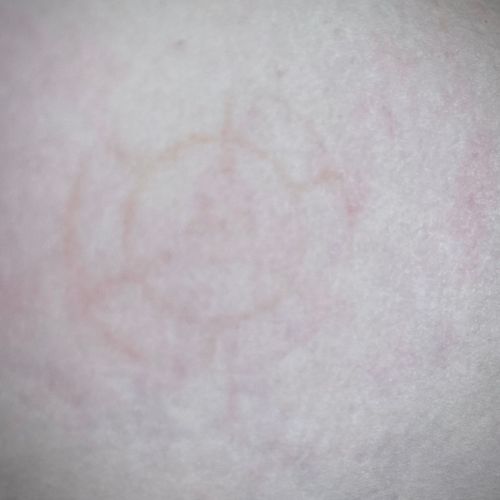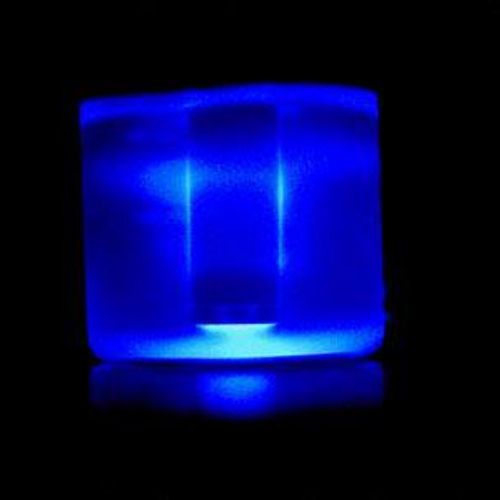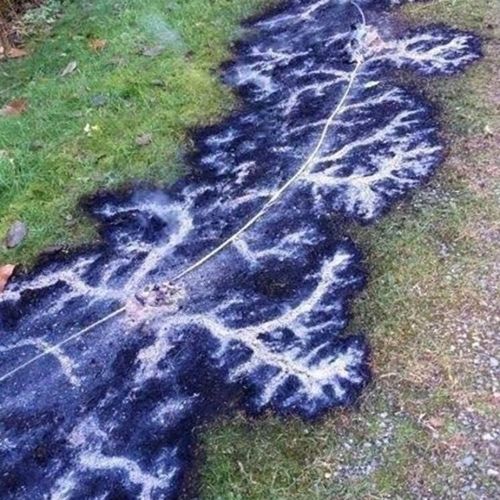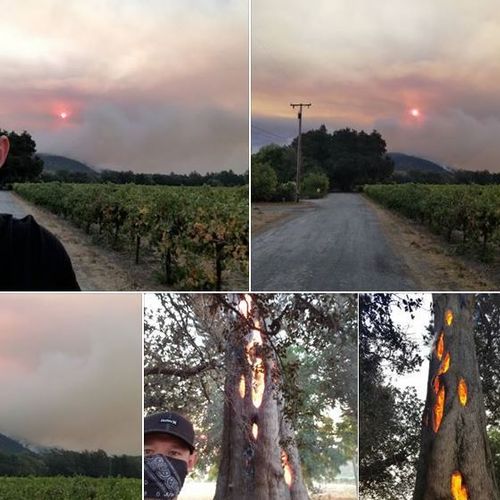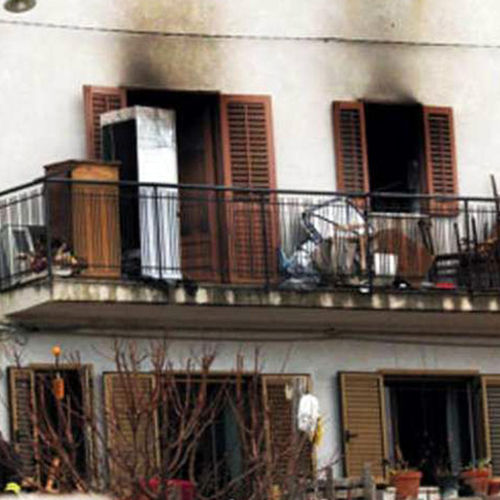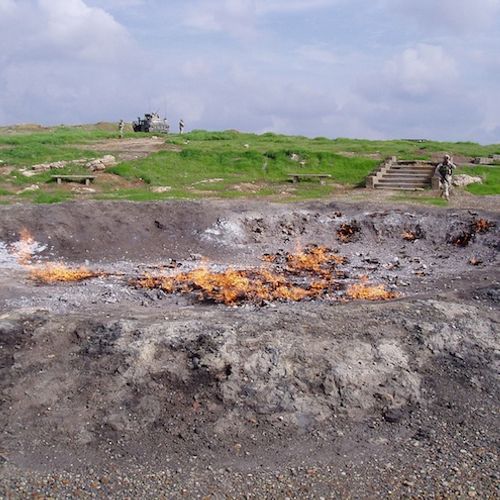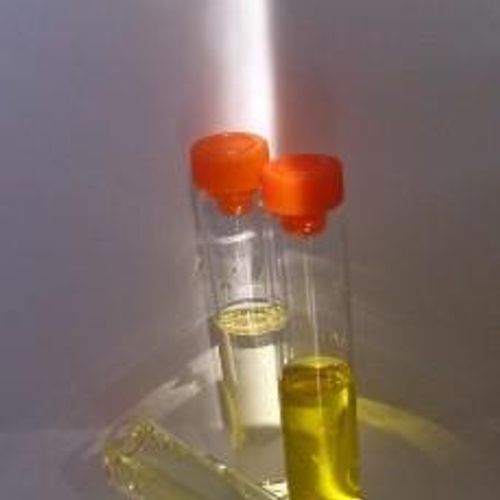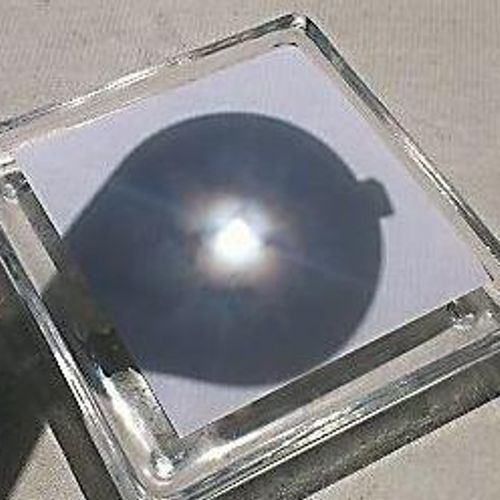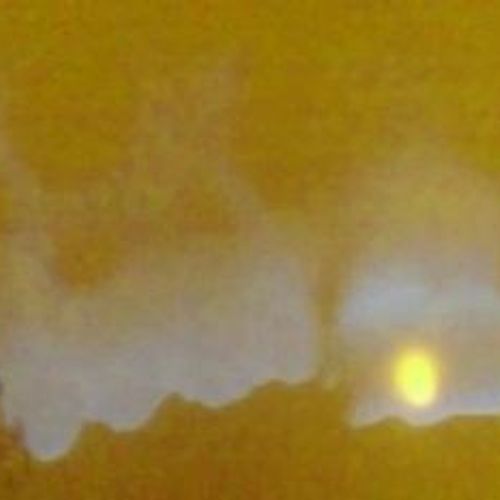
| Added | Tue, 04/10/2016 |
| Hierarchy | |
| Область распространения | All over the world |
| Характерные признаки |
→
→
→
|
| Sources |
There are three main types of fire phenomena:
- The fiery poltergeist phenomenon of glowing people</span> Spontaneous spontaneous</span> combustion In this article we will describe in more detail the phenomenon of the fiery poltergeist.
Poltergeist (from the German poltern — "to make noise", "knock" and Geist — "spirit") is a term used to denote phenomena of unknown nature associated with noise and knocks, spontaneous movement of objects, spontaneous combustion, etc. It is believed that the poltergeist (unlike other ghosts) is tied to the wrong place, and to a person — as a rule, a child entering the stage of puberty (in this case, the latter is called an "agent" or "focal person"). It is believed that a poltergeist does not cause significant harm to a person: it can injure him, but not kill him.
In addition to other methods, it can manifest itself thermally (a change in the temperature of objects up to icing or ignition).
The victims of the fiery poltergeist sometimes become residents of individual apartments, sometimes entire cities. Flames flare up instantly, for no reason and in the strangest places. The history of incidents that can be classified as poltergeist have occurred throughout recent history.
During this time, there has not been a strong change in the manifestations of the phenomenon. The fire poltergeist was studied together with other types of poltergeist.
Throughout the existence of the phenomenon, many hypotheses have been proposed to explain this phenomenon.
- Things and people, one way or another, are affected by various entities not from our world (souls of the dead, entities of the subtle world, the devil, demons, etc.). Any manifestations of poltergeist are a household accident (wiring closure, etc.)
- The presence of chemicals on the flammable surface that are prone to spontaneous combustion.
- Damage was inflicted on the dwelling or its owners.
- Things and people, one way or another, are affected by a person with the ability to pyrokinesis.
- With the help of hypnosis, someone influences the inhabitants and visitors of the dwelling, instilling their invisibility and creating riots with impunity.
- The scientific approach to the study of the phenomenon began to be applied only in the first half of the XX century, when Nandor Fodor and Harry Price started working. In the 30s of the XX century, psychologist and parapsychologist Nandor Fodor put forward the theory that the poltergeist is caused not by "spirits", but by the human psyche, in which suppressed feelings (anger, irritation, bitterness) are concentrated. Fodor was the first to formulate the idea of a poltergeist as a "mental projection" of a painful (or developing, adolescent) psyche, bringing out internal aggression. Physicist David Turner suggested that poltergeist and ball lightning are phenomena of the same nature and cause similar physical effects.
- Parapsychologist William J. Roll and physicist Hal Pathoff from Duke University believe that the movement of objects for no apparent reason can be caused by anomalies in the so-called zero point field.
Features of the phenomenon that make it unexplained: The fire occurs suddenly and without a visible source.
- Difficult combustible objects often flare up.
- Often the surrounding objects are slightly damaged, even if they are highly flammable.
- Burns of various degrees may remain on the human body.
- Often, fire does not just burn objects, but burns symbols, letters, and words on them.
Phenomenon in mass culture
Related versions
Related facts
Related news
Related articles
Log in or register to post comments

